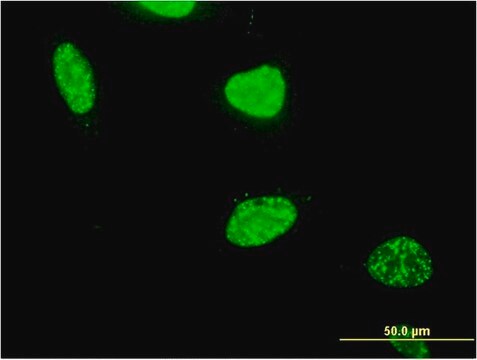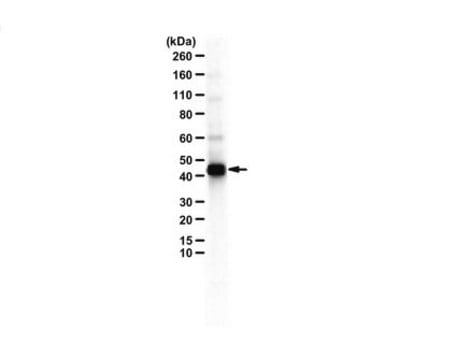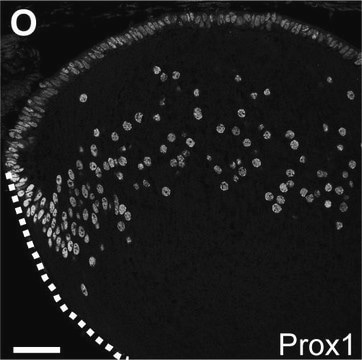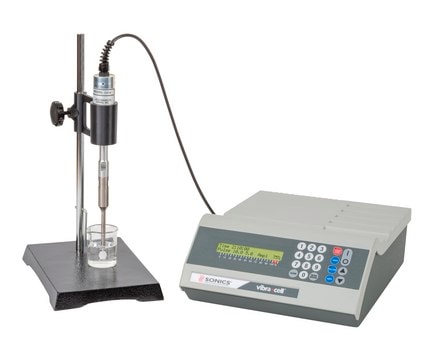ABE1877M
Anti-PAXIP1
from rabbit
Synonym(s):
PAX-interacting protein 1, PAX transactivation activation domain-interacting protein, PAXIP
About This Item
Recommended Products
biological source
rabbit
Quality Level
antibody form
affinity isolated antibody
antibody product type
primary antibodies
clone
polyclonal
species reactivity
human, mouse
packaging
antibody small pack of 25 μL
technique(s)
ChIP: suitable (ChIP-seq)
immunoprecipitation (IP): suitable
western blot: suitable
isotype
IgG
NCBI accession no.
UniProt accession no.
target post-translational modification
unmodified
Gene Information
human ... PAXIP1(22976)
mouse ... Paxip1(55982)
General description
Specificity
Immunogen
Application
ChIP-seq Analysis: Analysis: A representative lot detected PAXIP1 in ChIP-seq applications (Callen, E., et. al. (2012). Immunity. 37(6):971-85).
Immunoprecipitation Analysis: A representative lot detected PAXIP1 in Immunoprecipitation applications (Gong, Z., et. al. (2009). J Biol Chem. 284(11):7284-93).
Immunoprecipitation Analysis: 1 µg from a representative lot detected PAXIP1 in nuclear extract of wild type and PTIP KO mouse embryonic fibroblasts (Courtesy of Dr. Ji-Eun Lee and Dr. Kai Ge at NIH).
Western Blotting Analysis: A representative lot detected PAXIP1 in Western Blotting applications (Cho, Y.W., et. al. (2009). Cell Metab. 10(1):27-39; Gong, Z., et. al. (2009). J Biol Chem. 284(11):7284-93).
Epigenetics & Nuclear Function
Quality
Western Blotting Analysis: A 1:10,000 dilution of this antibody detected recombinant PAX-interacting protein 1.
Target description
Physical form
Storage and Stability
Other Notes
Disclaimer
Not finding the right product?
Try our Product Selector Tool.
Storage Class Code
12 - Non Combustible Liquids
WGK
WGK 1
Certificates of Analysis (COA)
Search for Certificates of Analysis (COA) by entering the products Lot/Batch Number. Lot and Batch Numbers can be found on a product’s label following the words ‘Lot’ or ‘Batch’.
Already Own This Product?
Find documentation for the products that you have recently purchased in the Document Library.
Our team of scientists has experience in all areas of research including Life Science, Material Science, Chemical Synthesis, Chromatography, Analytical and many others.
Contact Technical Service








